Pros and cons
First, let's look at the features of white in the design of the walls:
| Benefits | disadvantages |
|---|---|
| Designers joke that white does the job for them, adding space and air. Therefore, it is considered a win-win option. | If you use cheap paint, the walls take on a greenish "hospital" tint. Therefore, the material needs to be tinted at least a little. |
| Creamy, pearl and snow white shades serve as an excellent backdrop for furniture and decor. | Despite its external simplicity, white is one of the most difficult colors, requiring special attention to decoration during repairs and order in the house. |
| Light colors give a feeling of freshness and comfort. | Not suitable for those who associate it with sterility and impersonality. |
Shades of white
White has several incarnations. Snow-white with a blue and green tint is more suitable for rooms with windows facing south. Smoky white looks cool, as it has a gray undertone, but at the same time gives the interior comfort and tranquility. Unfortunately, in dark rooms on the north side, smoky appears to be off-white, so its use in poorly lit rooms is undesirable. Cold shades also include snowy (flawless white), which adds brightness to the room.
The photo shows a small bedroom with white walls that visually expand the space.
Warm tones include the white color of the walls with yellow and pearl shades: the color of "natural flax", creamy, "seashell", "honeydew". Especially popular is the cream (milky) shade of the walls. The temperature of the ivory color depends on the lighting, but its nobility remains unchanged.
Warm tones are most suitable for classic and rustic interiors, while cold tones are most suitable for modern, industrial and minimalistic ones.
In the photo there is a living room-library in warm cream colors.
The best combinations
The white color of the walls is universal, so it looks harmonious with most shades. Serious and uncompromising natures will love the monochrome setting - a contrasting combination of black and white. This is a traditional option, giving an atmosphere of rigor and respectability, even if little money was spent on repairs.
For nature lovers, a combination of pearl, green and woody will suit. This solution is relevant for the Scandinavian and eco-style: light walls bring furniture and decor made from natural materials to the fore.
The milky color also acts as a magnificent background for bright details: yellow accessories make the atmosphere joyful, sunny, and red ones emphasize the courage and originality of the owner of the apartment.
Pictured is a living room with white walls and a black accent area in the TV niche.
The white color of the walls in the interior looks great in combination with calm beige and luxurious gold, giving sophistication to the living room or bedroom.
Cool blues, blues and mint tones are suitable for nautical-style rooms, as well as modern interiors that want to add freshness and airiness.
A combination of white and gray is considered to be a winning combination: this option never goes out of fashion, moreover, it is easy to dilute it with color spots.
The photo shows a living room with white walls, which fades into the background, highlighting the original furnishings and a magnificent fireplace.
What curtains are suitable?
Another undeniable advantage of white walls in the interior is their versatility. You can change textiles - curtains, bedspreads, pillows - and the room will be transformed at no extra cost.
When buying curtains, you should consider the rule of three colors. Since white is the main color of the room, you need to choose curtains either as an additional shade (it takes up 30% of the room), or as an accent (10%).
The design of curtains depends on the chosen direction: multi-tiered curtains will fit into the classic style, and laconic ones - into any modern one. As for the patterns: they are appropriate if the environment is not active, that is, white wallpaper or furniture upholstery should not contain ornaments. Lucky couple - matching curtains and pillows.
In the photo there are soft beige curtains that soften the bright whiteness of the living room.
A great option is dark monochromatic curtains in rich colors, which will make the interior lively and modern.
If you hang curtains that are identical in color to the walls, it will add light and sophistication, but there is a risk of creating a nondescript interior. This solution looks impressive if the rest of the room is designed in white.
The photo shows a small bedroom with pure white walls, light textiles and matching pieces of furniture.
Finishing options
A snow-white interior suggests a choice of materials for every taste, but how to make white walls in an apartment or house yourself?
The most budgetary and popular solution is emulsion paint. It is easy to care for, moreover, it is applied easily, in one or two layers. The texture can be glossy (it has a cold shine, but it is easier to clean) or matte (it better hides the imperfections of the walls). If the surface gets dirty, you can simply repaint it. The only drawback is that the walls must be smooth, perfectly prepared.
Another design method is decorative plaster. It makes the interior more varied, but the textured surface is more difficult to care for. In addition, at the next repair, the coating will have to be cleaned off to the ground.
Ceramic tiles are traditionally chosen for the bathroom. The gloss reflects the light, making it the perfect choice for small bathrooms. The tile is environmentally friendly, durable and absolutely not afraid of moisture (which cannot be said about the seams). It is also suitable for a kitchen apron, protecting walls from dirt.
In the photo there are painted white walls, turning into the white ceiling of the attic. The kitchen apron is finished with hog tiles with dark grout.
A relatively inexpensive way of finishing is paintable wallpaper (non-woven, vinyl, paper). They hide the flaws of uneven walls well. But you need to glue them jointly to joint so that the surface looks perfect.
Brickwork does not go out of fashion either. It is appropriate not only in the loft style, but also in provence, fusion and scandi. There are several ways to create a white brick wall:
- paint a natural terracotta wall, having previously cleaned it from salts and primed (it will be practically impossible to remove the paint later);
- forming bricks with plaster, then painting;
- buy gypsum tiles and glue them.
A not so popular, but attractive way of decorating walls is wood: lining or panels. Not only houses in the country are faced with wood, but also apartments when you want to add a touch of a country atmosphere to the atmosphere.
In what style is it better to arrange?
White walls in a house or apartment are, first of all, versatility. They add nobility to the classic style, perfectly combined with rich textures, luxurious furniture from expensive woods and stucco on the ceiling.
White walls are the hallmark of a Scandinavian apartment. They are supported by hand-made decor elements, budget furniture, cozy textiles and house plants.
White walls in a loft-oriented interior add spaciousness to the room. In such industrial apartments, it is important to leave a light background: deliberately rough filling (furniture and decor) should be balanced with light, unobtrusive finishing.
In the photo there is a loft-style living room. The white color of the walls serves as a background for the contrasting furniture, while the color of the floor emphasizes the brutality of the furnishings.
The milky shade remains a favorite for the shabby chic style, which is appreciated by romantic people. Antique furniture, scuffs, fresh flowers and light textiles give a feeling of airiness and at the same time home life.
In the high-tech style, the white color of the walls remains the most popular. With the help of lighting in different colors, a snow-white room can change its appearance depending on the needs of its owner.
How does it look in the interior of the rooms?
It is the white walls that help to bring together the "incompatible" interior items.
The photo shows a fusion-style living room, where things with history are united by one common background. Woody, terracotta and turquoise details look interesting on it.
Also, a snow-white background emphasizes bright elements, and contrasting details look even more saturated. It adds graphic and austerity to black and brown colors.
The photo shows a living room with a neutral background, which makes the furniture upholstery visually brighter.
White walls are appropriate both in a spacious apartment and in a small studio, where there is almost no empty space left. It multiplies the light and visually blurs the boundaries between the walls and the ceiling.
Photo gallery
White looks great in any interior. This is a stylish, practical and budget solution that is widespread abroad and is gaining more and more popularity in Russia.

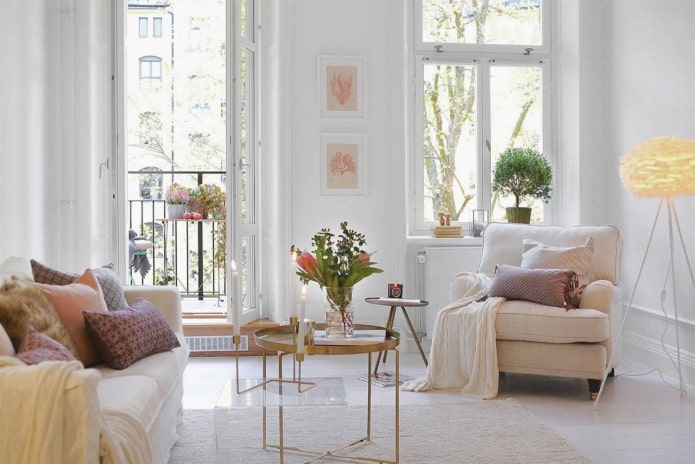
 10 practical tips for arranging a small kitchen in the country
10 practical tips for arranging a small kitchen in the country
 12 simple ideas for a small garden that will make it visually spacious
12 simple ideas for a small garden that will make it visually spacious
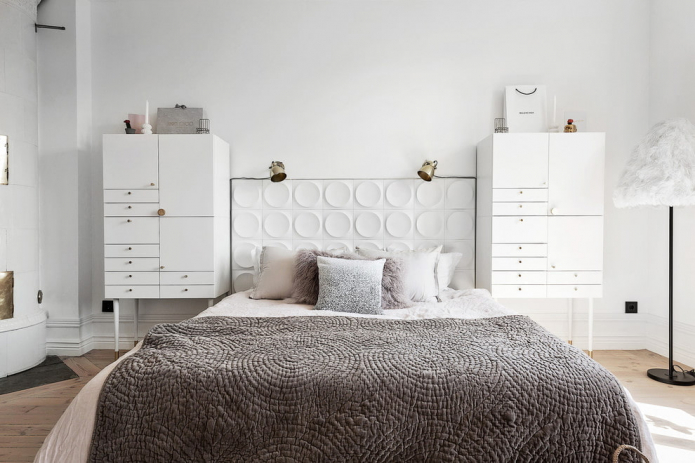
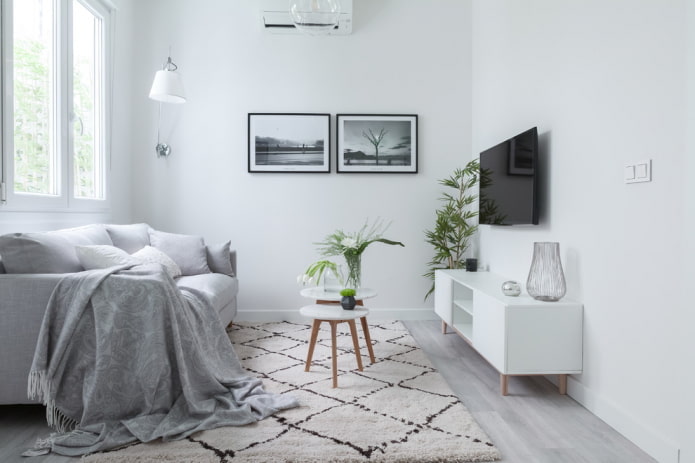
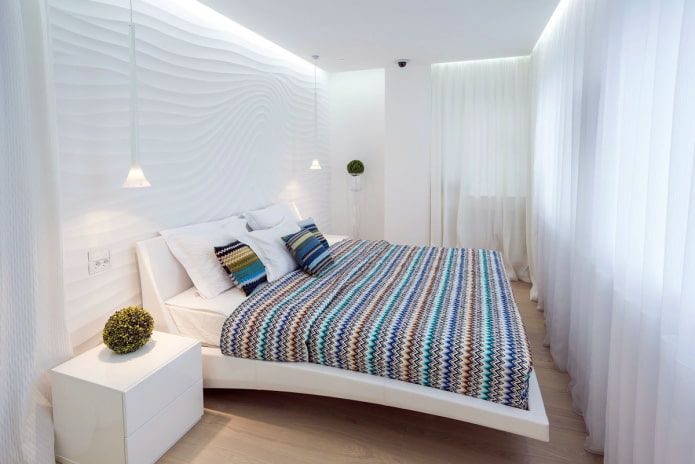
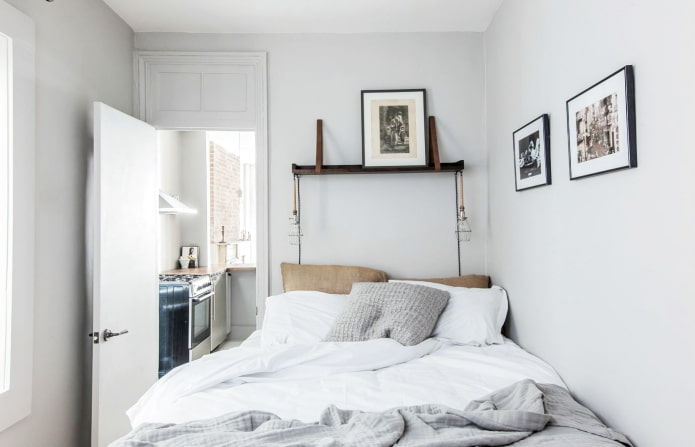

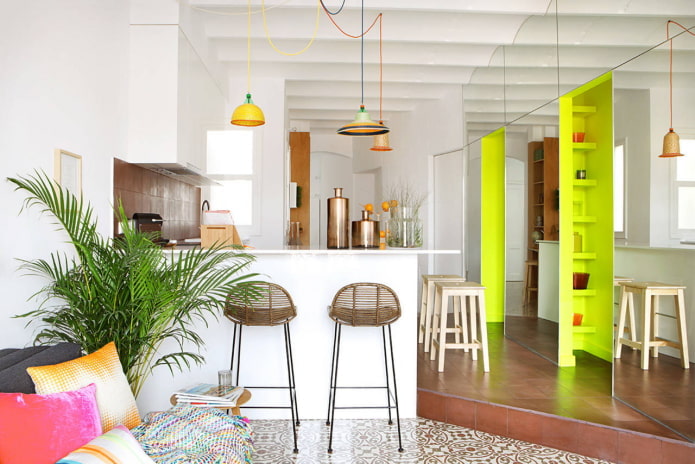
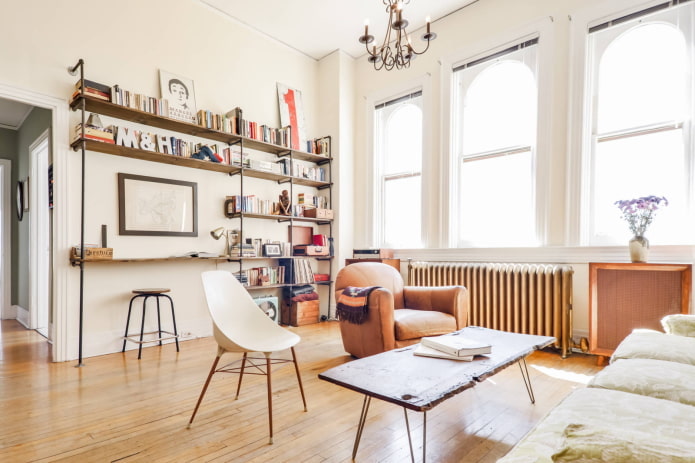
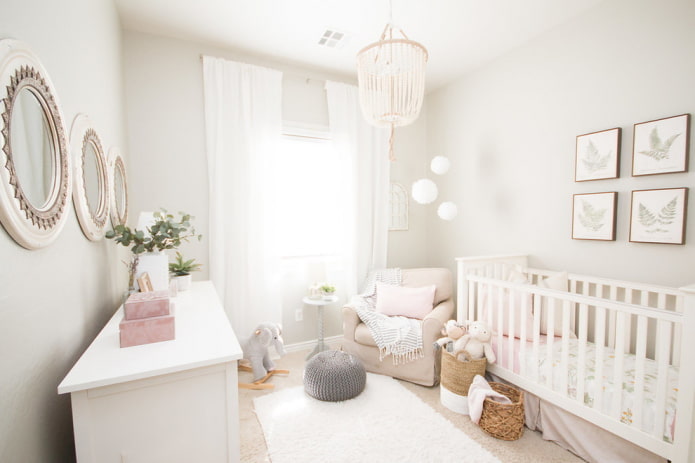
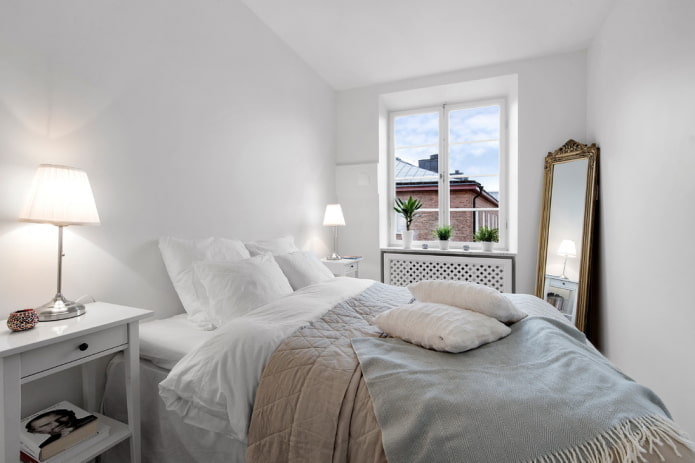
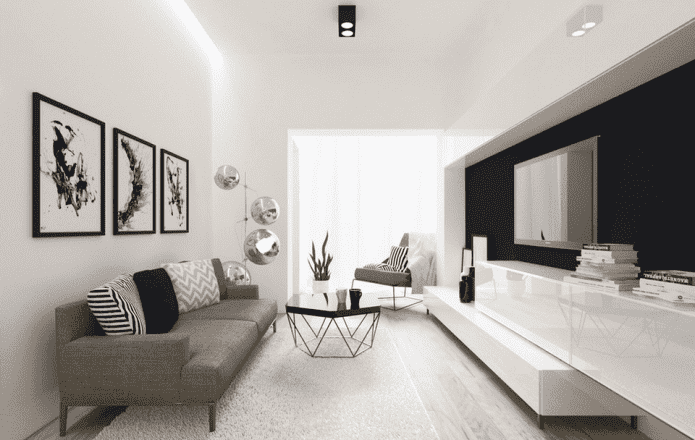

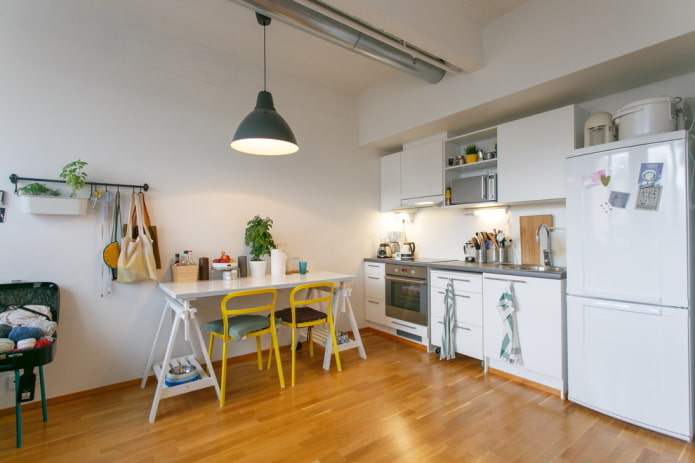
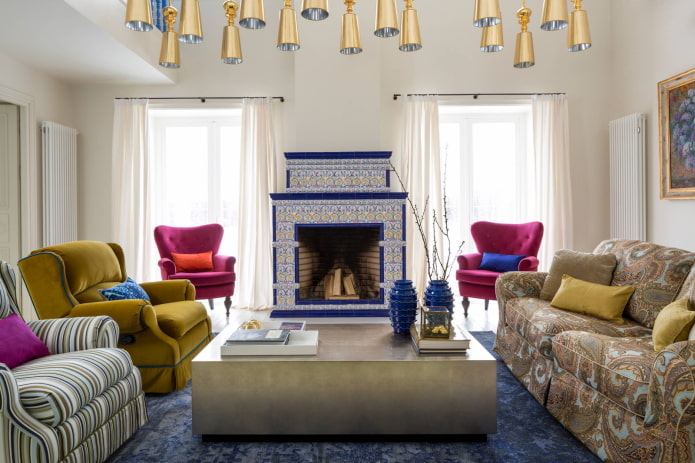

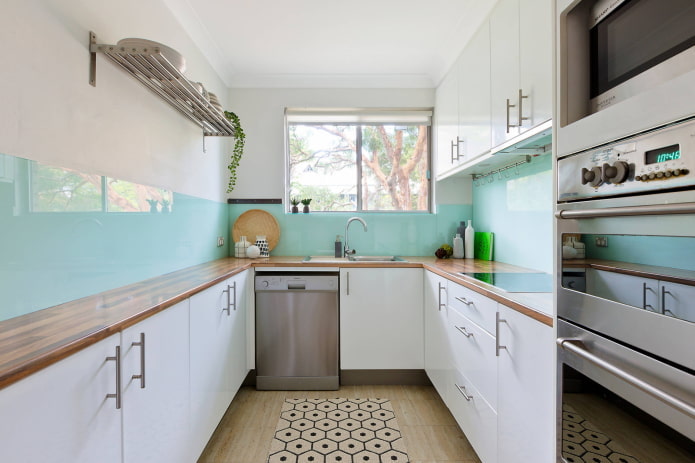
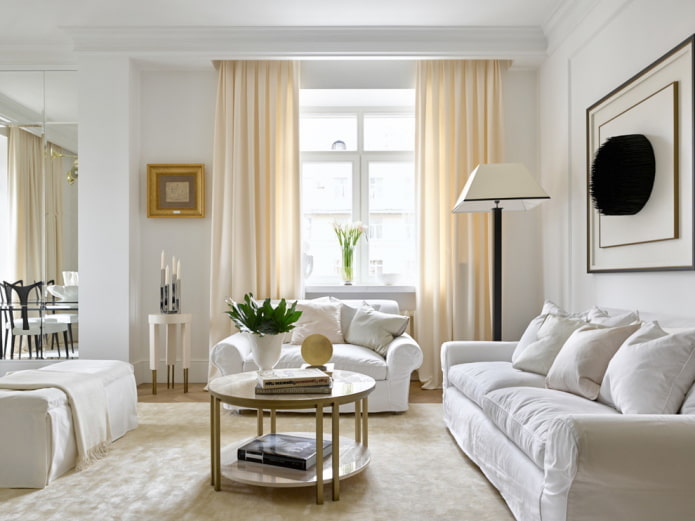
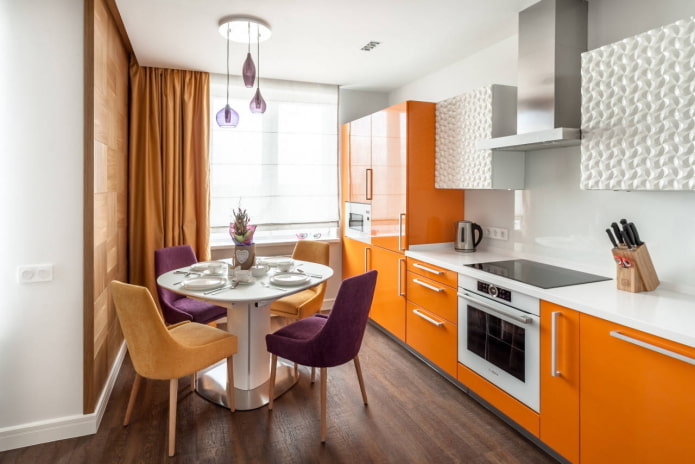
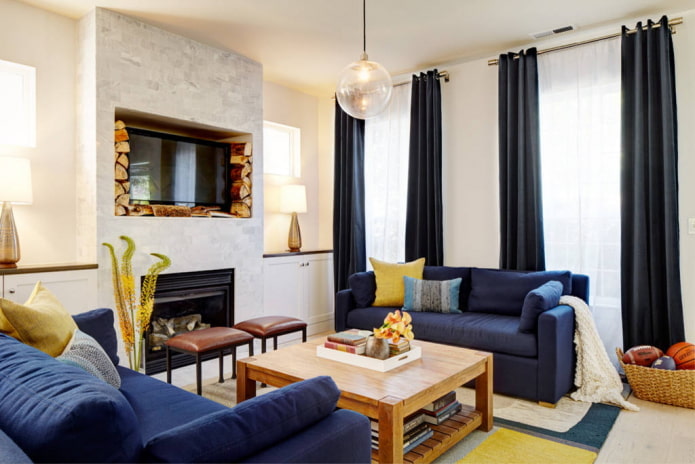
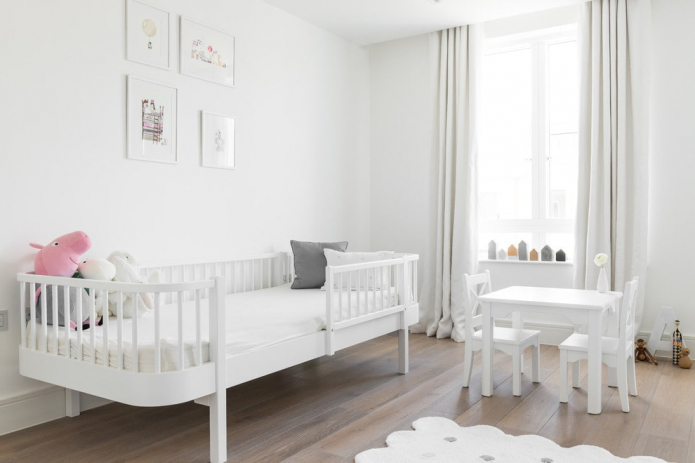

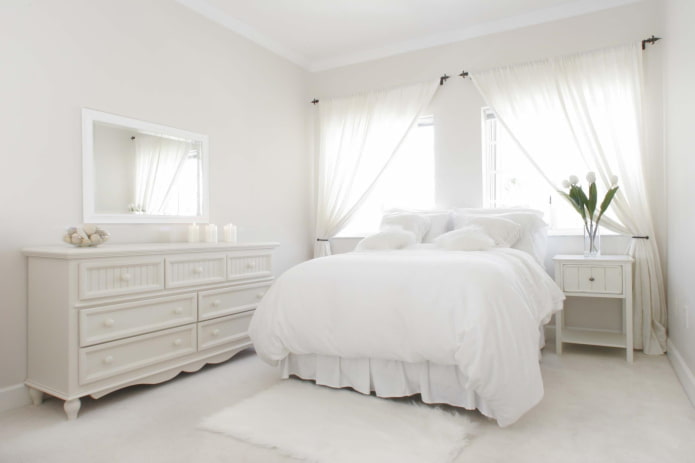
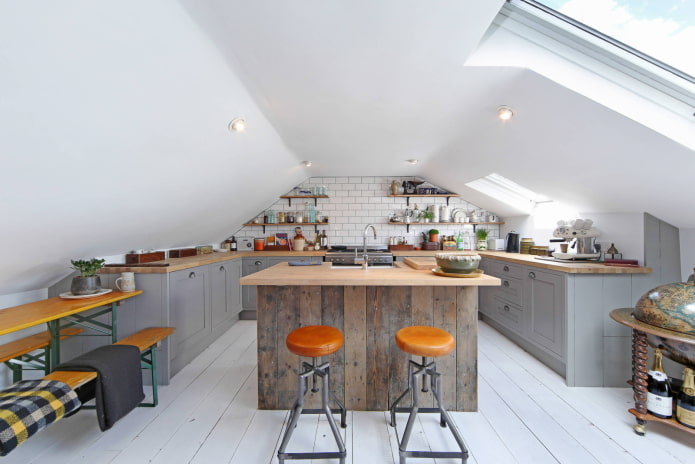

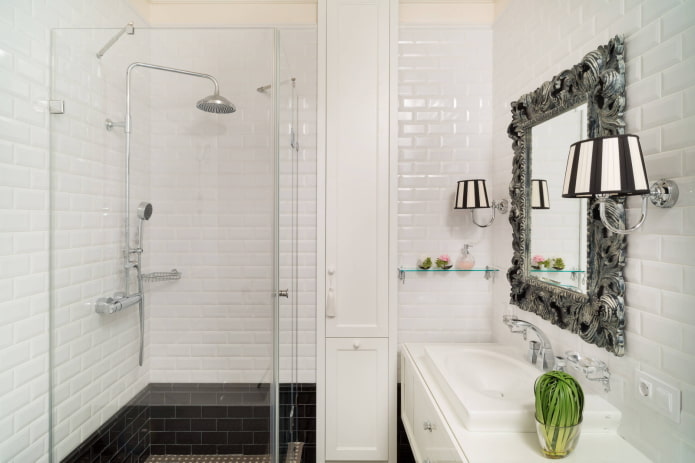
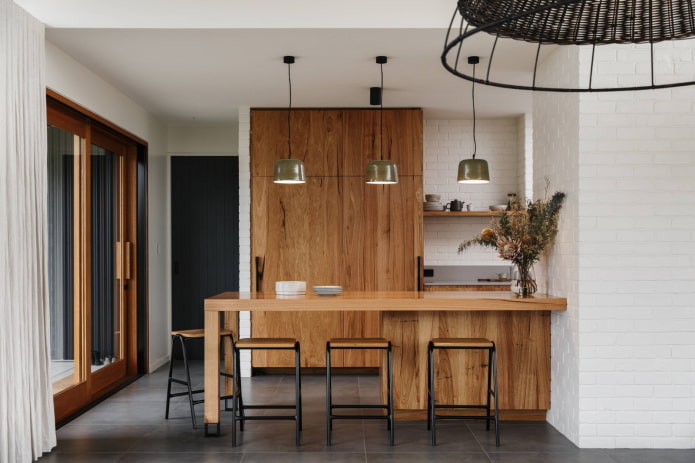
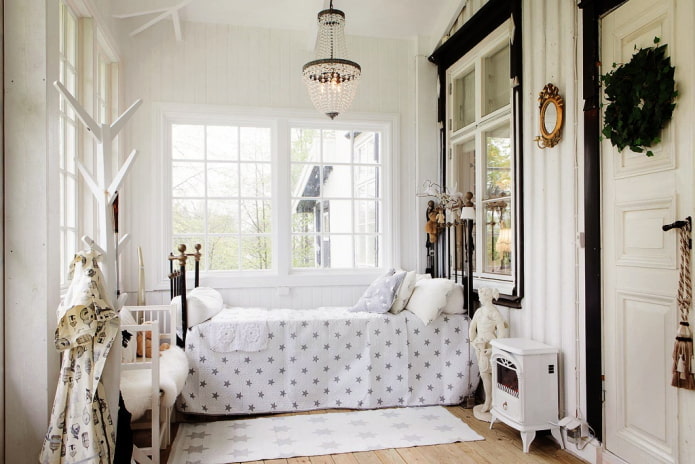
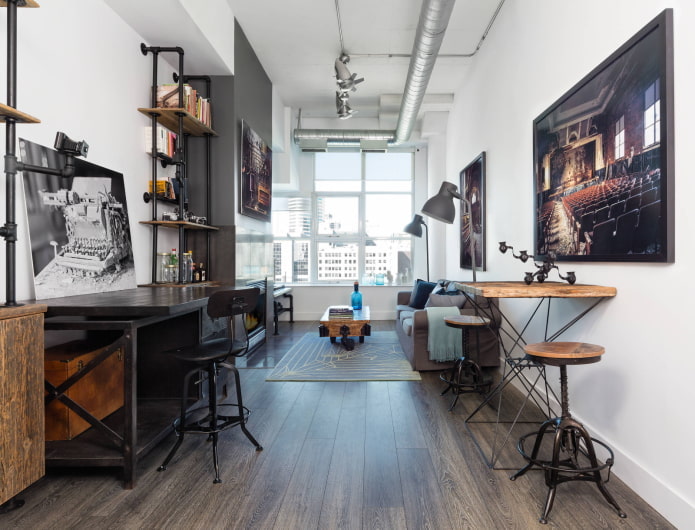


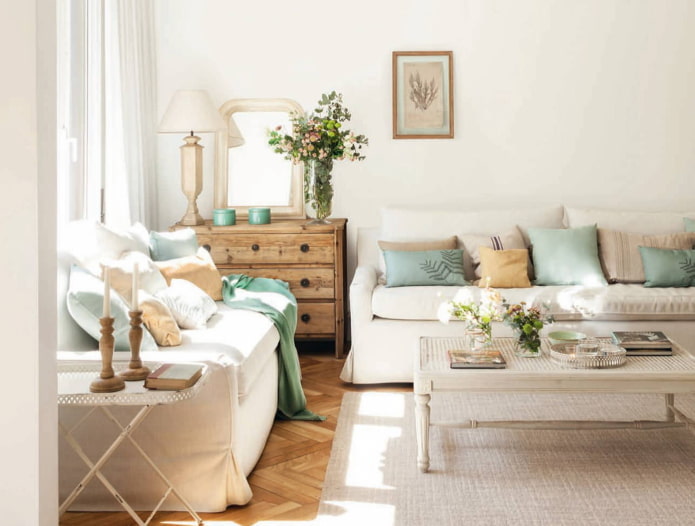
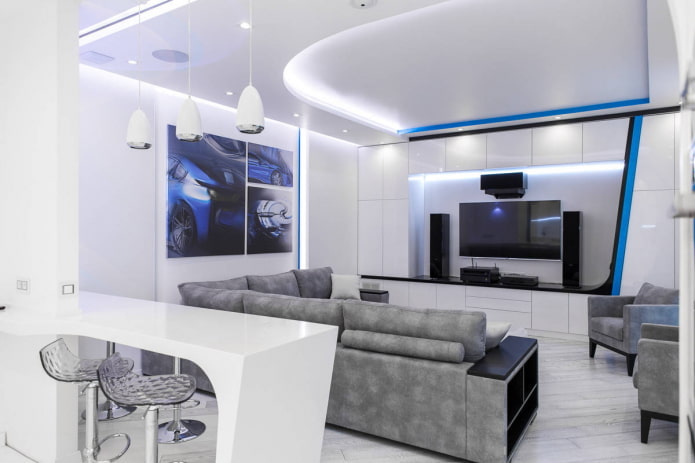
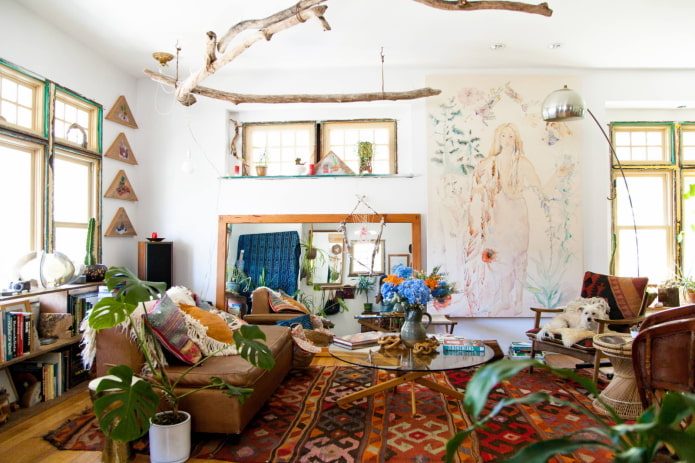
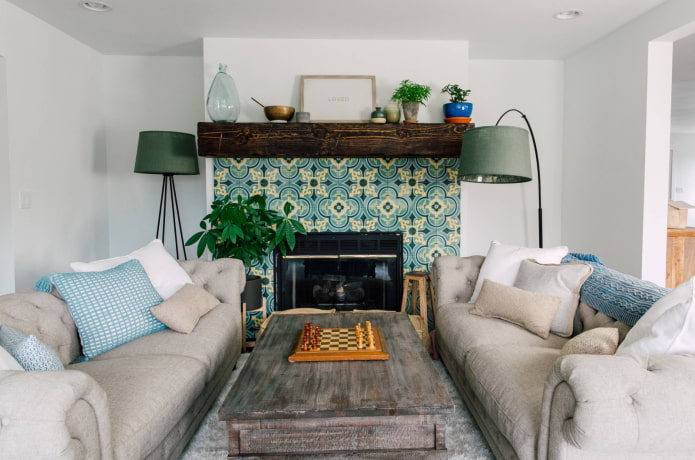
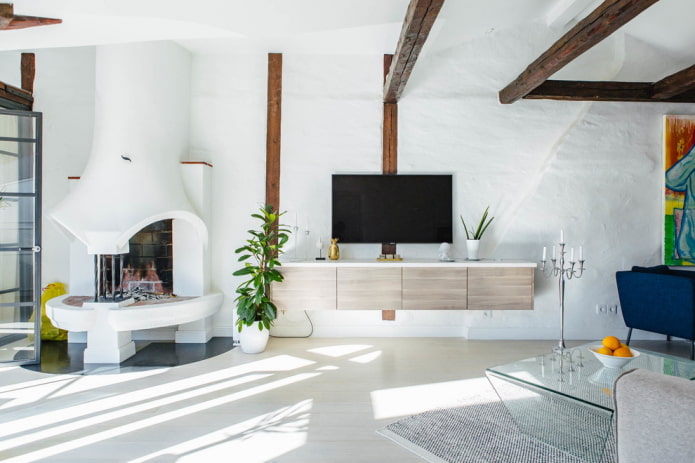
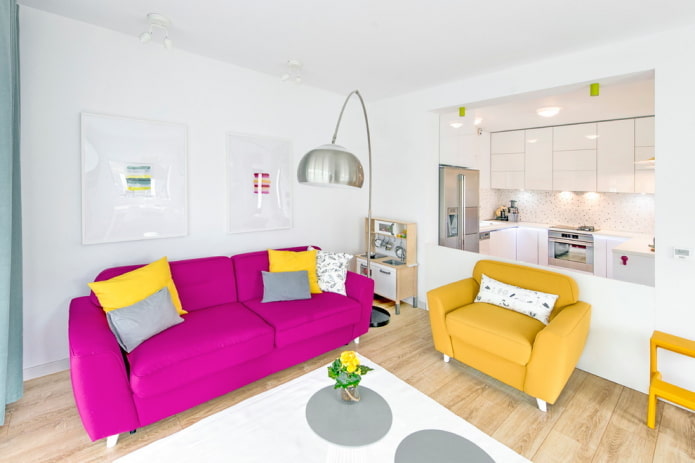
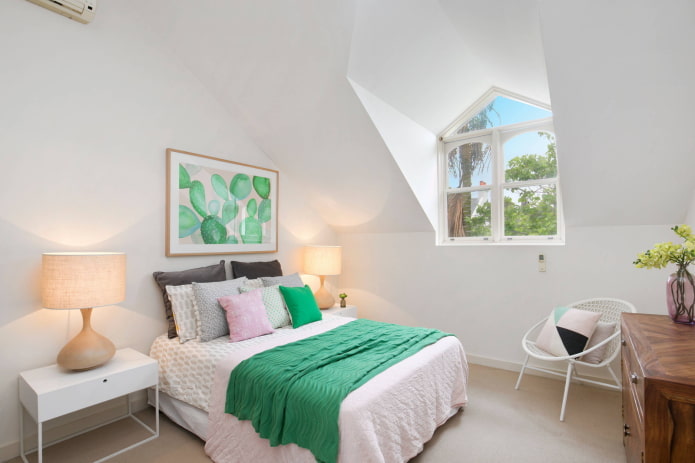
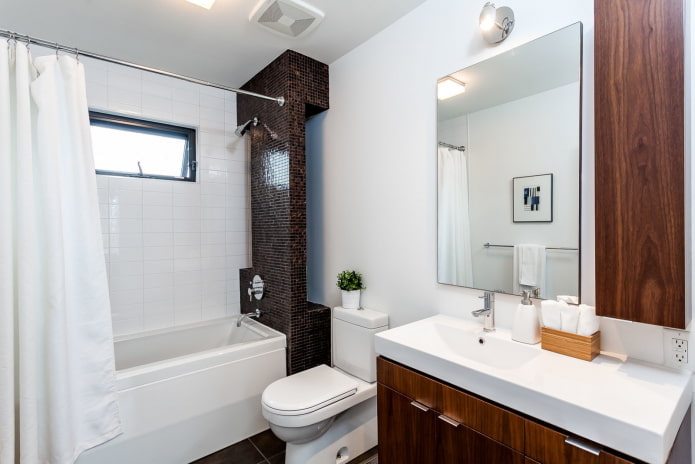



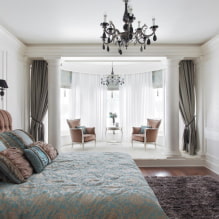
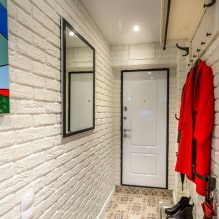
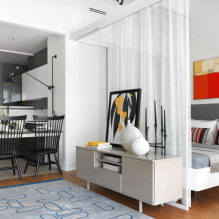
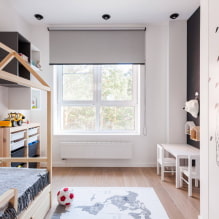

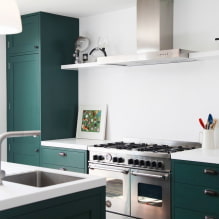

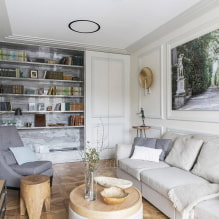

 13 bad habits a good housewife shouldn't have
13 bad habits a good housewife shouldn't have 24/7 home cleanliness - 4 secrets for the perfect housewife
24/7 home cleanliness - 4 secrets for the perfect housewife 6 hotels in Sochi that will give odds to the promoted foreign hotels
6 hotels in Sochi that will give odds to the promoted foreign hotels Top 10 interior design trends 2020
Top 10 interior design trends 2020 Rating of cheap TVs with Smart-TV
Rating of cheap TVs with Smart-TV New Year's LED garlands on AliExpress - we disassemble while it's hot, so that it's bright at home
New Year's LED garlands on AliExpress - we disassemble while it's hot, so that it's bright at home